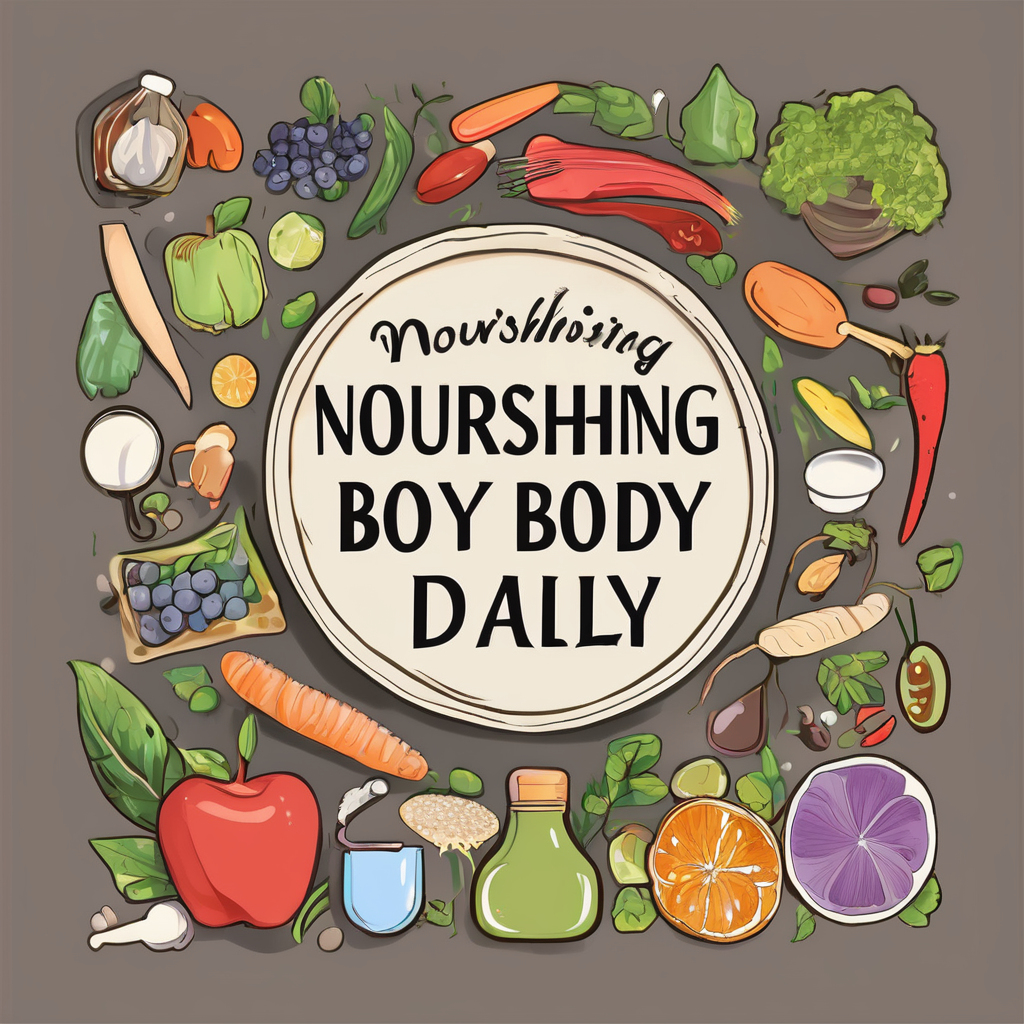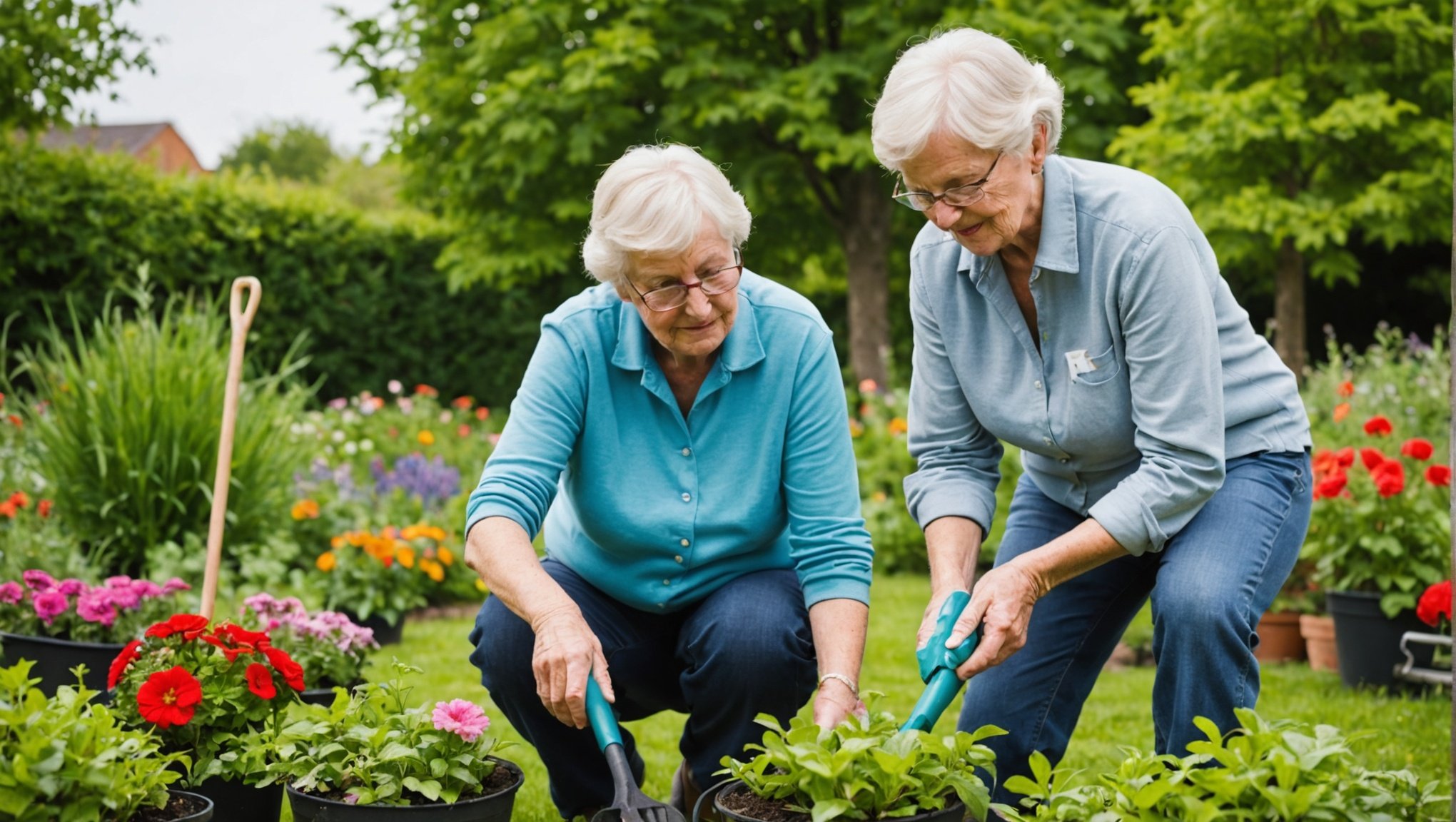For many of us, gardening is a therapeutic activity that brings us closer to nature and helps us cultivate a sense of calm and tranquility. The pleasure of feeling the earth beneath our hands, the satisfaction of seeing plants grow and thrive under our care, and the joy of being surrounded by greenery and color can enrich our lives in numerous ways. But what happens when one’s vision begins to deteriorate with age? Does it mean that the joy of gardening is out of reach?
Fortunately, the answer is no. Gardening can be adapted to suit individuals with a range of abilities, including those with visual impairments, and can serve as an empowering and inclusive activity. This article will discuss how gardening activities can be modified to support seniors with visual impairments, and provide them with an engaging and therapeutic pastime.
Also read : What Are the Latest Treatments for Senile Pruritus Common in Elderly Skin?
Adapting Gardening Techniques
For seniors with impaired vision, the key to continuing to enjoy gardening lies in adapting traditional techniques. It’s all about making the common gardening tasks accessible and safe. Here are some ways this can be achieved.
One way to help seniors with visual impairments is to introduce tactile cues in the garden. For instance, different textures can be used to signify different areas or types of plants. Raised beds and container gardens are easier to manage and can be designed with wide, clear pathways to ensure safe and easy navigation.
This might interest you : What Financial Assistance Schemes Are Available for UK Seniors Needing Home Accessibility Modifications?
Highly-fragranced plants can also provide sensory cues. Plants such as lavender, mint, and rosemary not only excite the senses but are also relatively easy to care for, making them ideal for seniors who are losing their sight but still want to engage with gardening activities.
Using Technology as an Aid
With advancements in technology, there are now numerous devices and tools designed to assist people with visual impairments in their daily lives, and gardening is no exception.
One innovative technology is the use of audio cues. For example, there are apps available that can identify plants and give real-time spoken feedback about their status. Audio labeling tools can also be used to identify different plants, tools, and areas of the garden.
In addition to these, adaptive tools such as long-handled tools, easy-grip tools, and water level indicators can make gardening tasks simpler and safer for seniors with visual impairments.
The Therapeutic Benefits of Gardening
Therapeutic horticulture is a recognized method for improving mental health. It’s no secret that spending time in nature has a multitude of health benefits, and this is especially true for seniors.
Gardening can provide a sense of achievement and purpose. It is also a great way of keeping physically active. Despite vision loss, seniors can continue to engage with gardening activities and enjoy the therapeutic benefits they offer.
Creating an Inclusive Garden
Creating a garden that is inclusive for seniors with visual impairments involves careful planning and consideration. It’s essential to focus on creating a safe, accessible, and engaging environment.
High-contrast colors can be used to help visually impaired individuals differentiate between different areas of the garden. Incorporating different textures and fragrances can also help create a sensory-rich environment.
It’s also important to consider how the garden will be maintained. Automated watering systems and durable, low-maintenance plants can make the garden easier to care for.
The Role of Caregivers in Adaptive Gardening
Caregivers play a critical role in supporting seniors with visual impairments in their gardening activities. With their help, gardening can remain a rewarding and enjoyable pastime, despite any physical challenges.
For caregivers, understanding the specific needs and limitations of the person they are assisting is fundamental. Additionally, their support in maintaining the garden, assisting with tasks, and ensuring safety can make a significant difference.
Despite the challenges that come with visual impairments, gardening can continue to be a source of joy and therapy for seniors. The key lies in adapting gardening activities and creating an inclusive garden environment that caters to their needs. By doing so, we can help them maintain their connection with nature and continue to enjoy the many benefits that gardening offers. Remember, the goal is not just to keep them busy, but to enrich their lives through the therapeutic power of gardening.
The Connection between Horticultural Therapy and Seniors with Visual Impairments
Horticultural therapy is a professional practice that uses plants and gardening to improve mental and physical health. A vast body of research on horticultural therapy has proven its effectiveness in improving the quality of life for seniors, particularly those with sensory impairments such as vision loss.
According to numerous papers found on Google Scholar, gardening can have significant therapeutic benefits for older adults with visual impairments. It can reduce stress, improve mood, stimulate memory, and promote a sense of achievement. Furthermore, gardening can provide an opportunity for older adults to engage in a moderate-intensity activity, which is beneficial for their overall health.
For seniors with dementia, engaging in familiar activities like gardening can stimulate memories and provide comfort. The tactile, olfactory, and auditory stimulation associated with gardening can help ground dementia patients in their surroundings, reducing confusion and agitation. For this reason, horticultural therapy is often incorporated into care plans for individuals with dementia.
Raised garden beds or container gardens can be particularly beneficial for seniors with visual impairments. Raised garden beds are easier to reach and navigate, reducing the risk of accidents. They can also be arranged in a way that aids orientation, such as in a grid pattern, making it easier for visually impaired seniors to remember the layout of the garden.
Conclusion: The Power and Possibility of Adaptive Gardening for Seniors
Despite the challenges that come with visual impairments, gardening can remain a therapeutic and enriching activity for seniors. With the right adaptations, seniors can continue their connection with nature, maintaining physical activity levels and enjoying the emotional and cognitive benefits associated with gardening.
Therapeutic gardens, designed with the needs of seniors with visual impairments in mind, can provide a rich sensory experience. They can incorporate features such as raised garden beds, fragrant plants, tactile cues, and high-contrast colors to aid navigation and engagement.
The use of technology, from audio labeling tools to apps that provide real-time feedback about plants, can further support seniors in their gardening activities. Moreover, caregivers can play a crucial role in assisting with tasks, maintaining the garden, and ensuring safety.
In the end, the goal is not just to keep seniors busy, but to enrich their lives through the therapeutic power of gardening. The sense of achievement, the joy of nurturing living things, and the range of sensory experiences all contribute to the significant therapeutic potential of gardening.
Whether it’s vegetable gardening or tending to a flower garden, the act of gardening itself is not as important as creating an environment where seniors with visual impairments can engage safely and enjoyably. By doing so, we can help them maintain a vital connection to the natural world, providing them with the many benefits that come from feeling the earth beneath their hands, smelling the fragrance of flowers, and hearing the rustle of leaves. Despite any physical challenges, gardening can continue to be a source of joy, therapy, and fulfillment for seniors.











